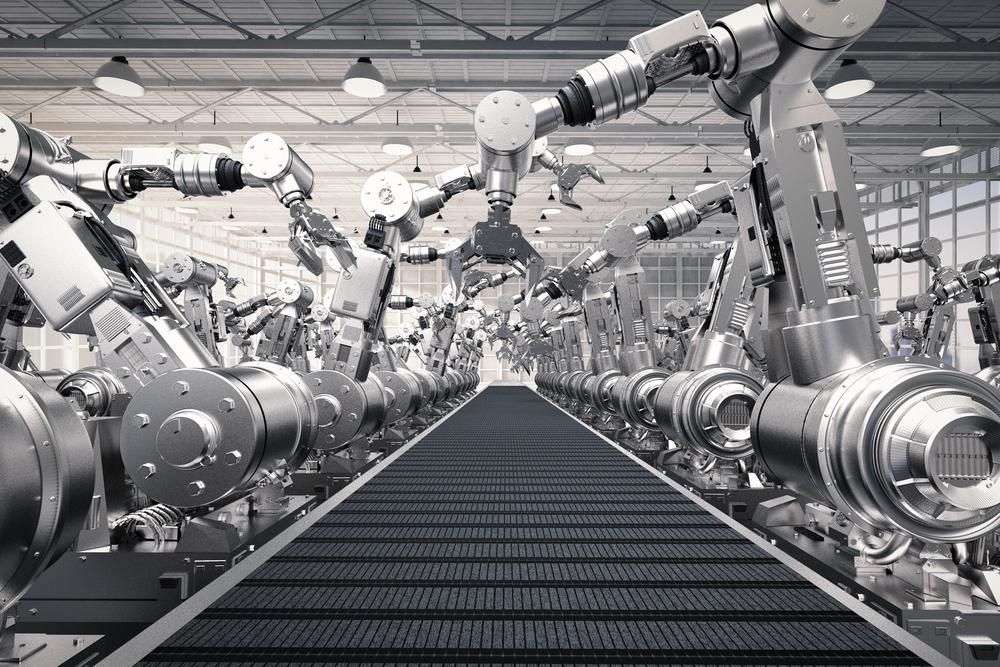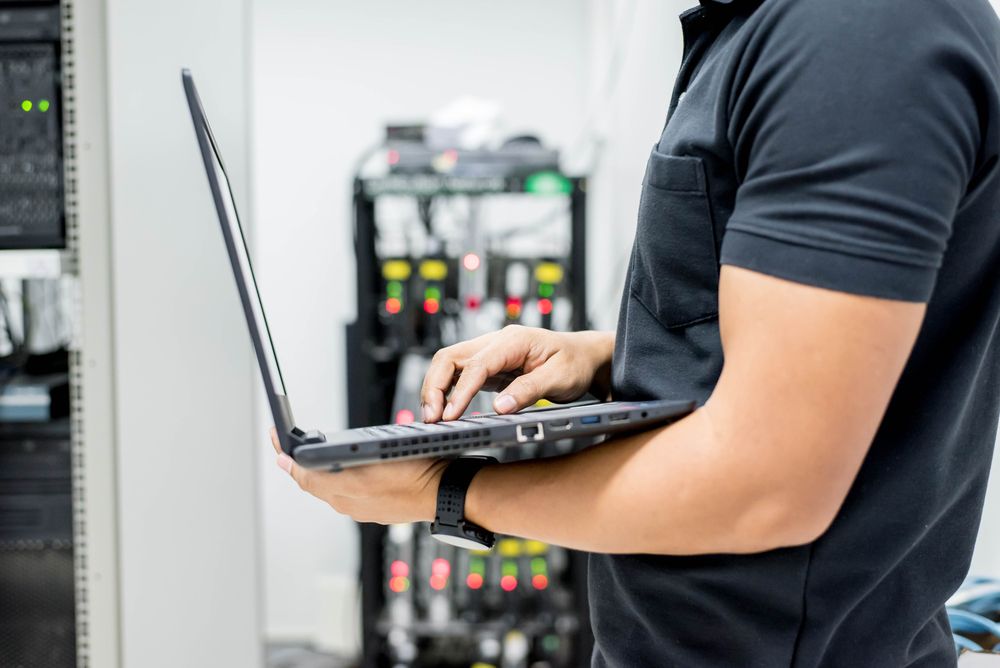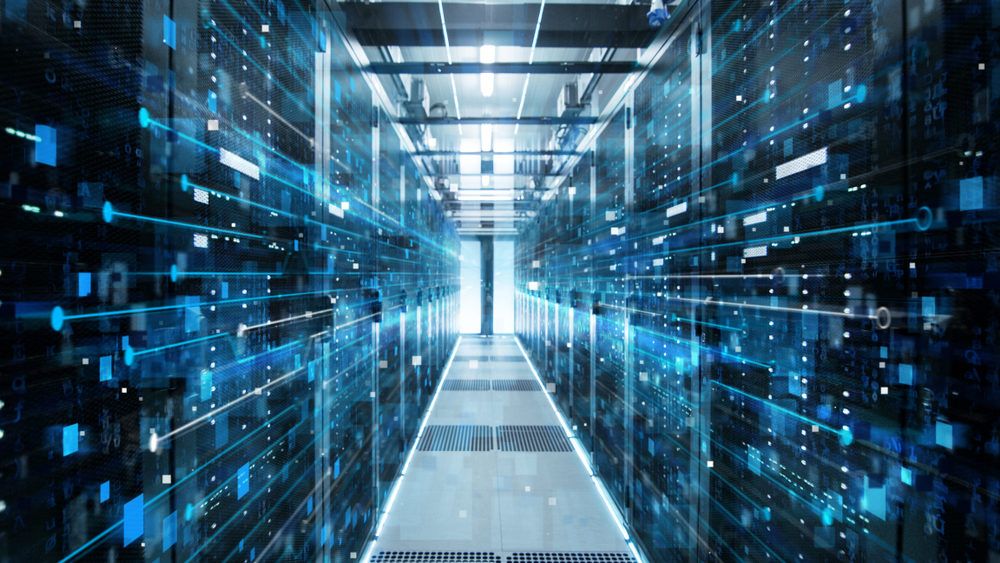From Proactive to Predictive: How Network Analytics Are Revolutionizing Network Performance Monitoring
Predictive network analytics are helping enterprises optimize their networks, anticipate capacity requirements, and forecast future needs more...
4 min read
 Craig Badrick
:
Jan 16, 2019 4:09:27 AM
Craig Badrick
:
Jan 16, 2019 4:09:27 AM

To manage complex networks and rapidly expanding IoT networks, IT teams will have to turn to the power of artificial intelligence.
For IT professionals, artificial intelligence (AI) has come to represent both an exciting field of opportunity as well as a potential complication. Although it’s only just begun to see real-world applications, it’s already clear that AI will change the tech landscape. And digital systems professionals that aren’t preparing for the impact that AI will have on their industries aren’t doing their job.
What’s more, it’s become increasingly clear that AI won’t be restricted to just a few discrete verticals — it will take on mission-critical roles throughout the entirety of the global economy. The “AIoT” as it’s now called, will pervade and disrupt just about every industry in existence — from self-driving vehicles and smart factories to self-healing “smart grids.” And managing the massive complexity of these powerful systems will demand equally powerful tools — for IT, that means harnessing the power of AIOps.
As artificial intelligence tools for IT operations (AIOps) mature, they’re starting to make good on their potential and deliver real value for IT departments. Of course, the technology is still young, and common issues like high false-positive rates suggest that human oversight is irreplaceable. But these algorithms are growing ever more sophisticated, and are starting to offer intelligent and efficient operations that human-only teams simply cannot compete with.
IT teams can and should expect to make use of AI every day, for everything from anti-fraud user authentication to hands-off cloud management. IT will rely on AIOps for 24/7 cybersecurity and network monitoring, as it can distinguish signal from noise and isolate real network issues more quickly. You’ll have to stay alert — savvy hackers mean IT teams will likely always be essential in an oversight role. But AIOps will streamline processes, learning what qualifies as unusual activity, scanning internal logs, and blocking malicious activity before it does real damage. AI tools can even self-heal after security incidents, thereby avoiding larger potential disruptions to enterprise operations.
A major strength of AIOps will be dealing with ever-increasing amounts of data, and solving complex problems in the most efficient way. It will help IT teams tackle issues like virtual machine configuration, ensuring that memory disks and storage systems are allocated intelligently. When it comes to the ever-present challenge of bandwidth allocation, AI can leverage predictive analytics based on historical data to find the most efficient solutions in near-real-time. The upshot for IT directors will be the ability to continuously optimize internal resources without having to lift a finger.
A combination of “artificial intelligence” and “internet of things,” AIoT stands for Artificial Intelligence of Things, a powerful idea that is making waves for IT professionals.
The IoT is increasingly widespread, and can include sensors, alarms, cameras, door locks, and more. With more businesses — including some 70% of Fortune 100 companies — incorporating IoT devices, IT departments need new solutions for provisioning, monitoring, and supporting complex device arrays. Without AI-enabled analytics, IT teams could never hope to put all the data generated by the IoT to good use.
The stakes for effective IoT management can be high. Consider a door that opens via facial recognition. Or think about a patient monitor in a hospital. IT departments have to ensure these systems have strong connectivity, the necessary bandwidth, appropriate data speeds, and secure storage. That’s where AI comes in. AIoT tools will be able to perform automated provisioning for smart IoT devices, helping IT teams scale their efforts and manage the massive number of devices that will inevitably pervade all aspects of the global economy.
Machine learning is already using the IoT to generate new insights for businesses. Airlines use IoT sensors and AI analytics for predictive maintenance. As AIoT devices develop, they will be able to use algorithms coupled with massive streams of data to learn, adjust processes, and even sense the need for self-repair. AI can already interface with visual or audio feeds, including facial or speech recognition, or use sensor data to track temperature, humidity, vibration, and more. The possibilities are endless.
Currently, only about 10% of the IoT leverages any sort of AI, but Gartner predicts that this could rise to 80% by 2025 — when there could be more than 55 billion IoT devices in existence worldwide. Major vendors like Amazon, GE, Microsoft, and Salesforce, are hard at work exploring the possibilities of the AIoT. Innovation and investment are rising rapidly and by 2023, the global market for AI embedded in IoT devices is expected to reach $26.2 billion.
The future of AI is still unknown. Of course, IT support will be necessary to maintain functionality and gain access to AI insights. But soon, separate AI systems — in smart buildings, cars, and cities — will be able to talk to and enable one another, bypassing human input to a much greater extent. These empowered machines could actually learn to make decisions across devices — Cisco predicts that fully 51% of connected devices will be “machine to machine” by 2021. This opens exciting new possibilities, and stakeholders in any number of industries — from manufacturing and utilities to transportation and scientific research — will have to be prepared. And they’ll have to prepare with their own “machine to machine” tools — in other words, AIOps.
Ultimately, the AI revolution is coming for IT departments in one way or another. Businesses that have a plan in place for leveraging these many new capabilities will be the first to see a positive impact and pull ahead of the competition. If your business hopes to manage the coming proliferation of AI tools, the most efficient way to incorporate the necessary skill sets into your IT team is to work with a managed services provider like TTI.
At TTI, our three decades of experience have given us invaluable insight into how companies can best adjust to the latest advancements in smart tech. We can help you recognize opportunities for using AI and IoT, manage assessment, onboarding, and maintenance, and ensure you are set up for success.

Predictive network analytics are helping enterprises optimize their networks, anticipate capacity requirements, and forecast future needs more...

AIOps is a powerful tool, and although it will require enterprises to acquire new skill sets and remodel their IT teams, it won’t replace human...

Network analytics solutions can help your business make smarter, data-driven decisions to optimize network performance. In an era defined by device...